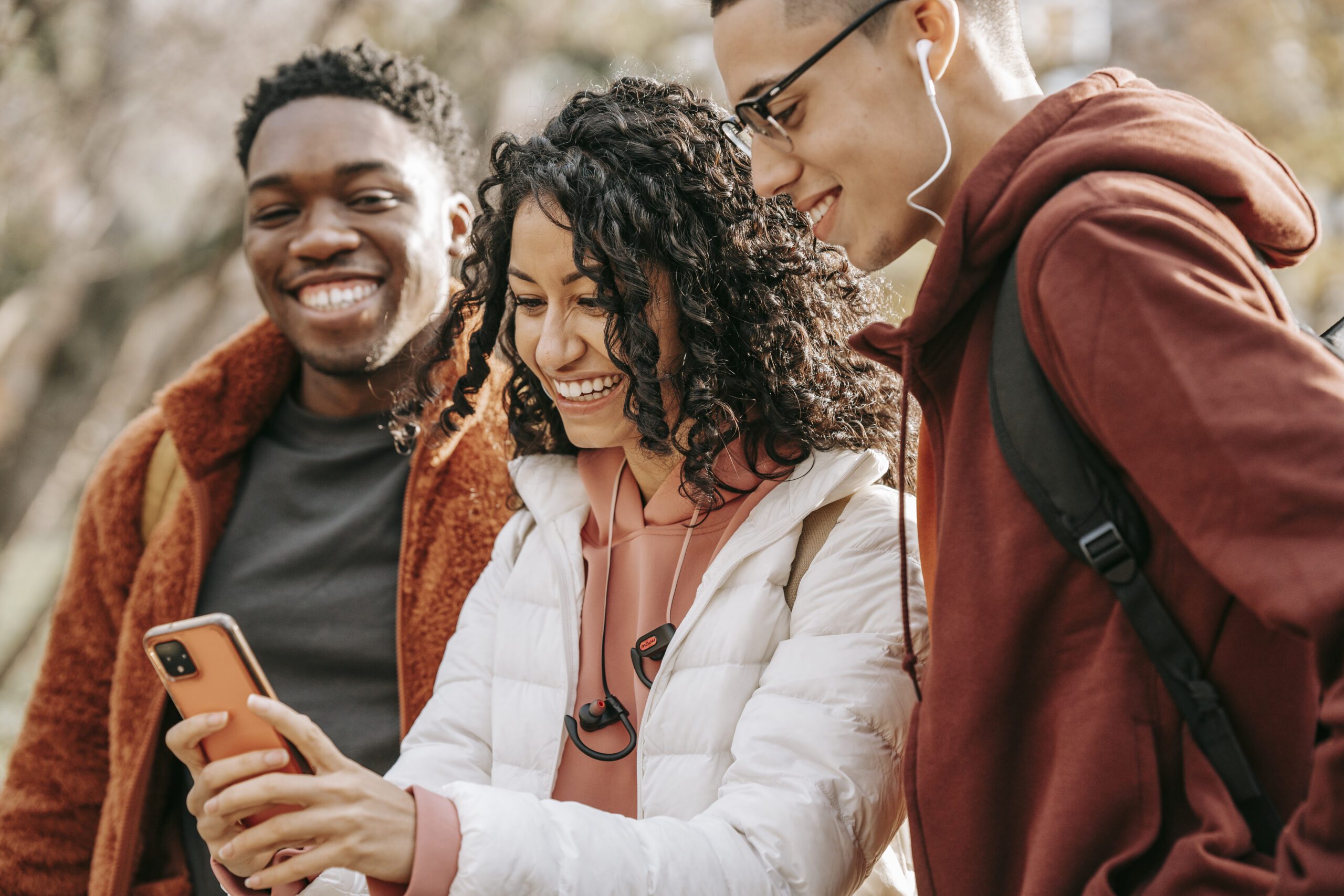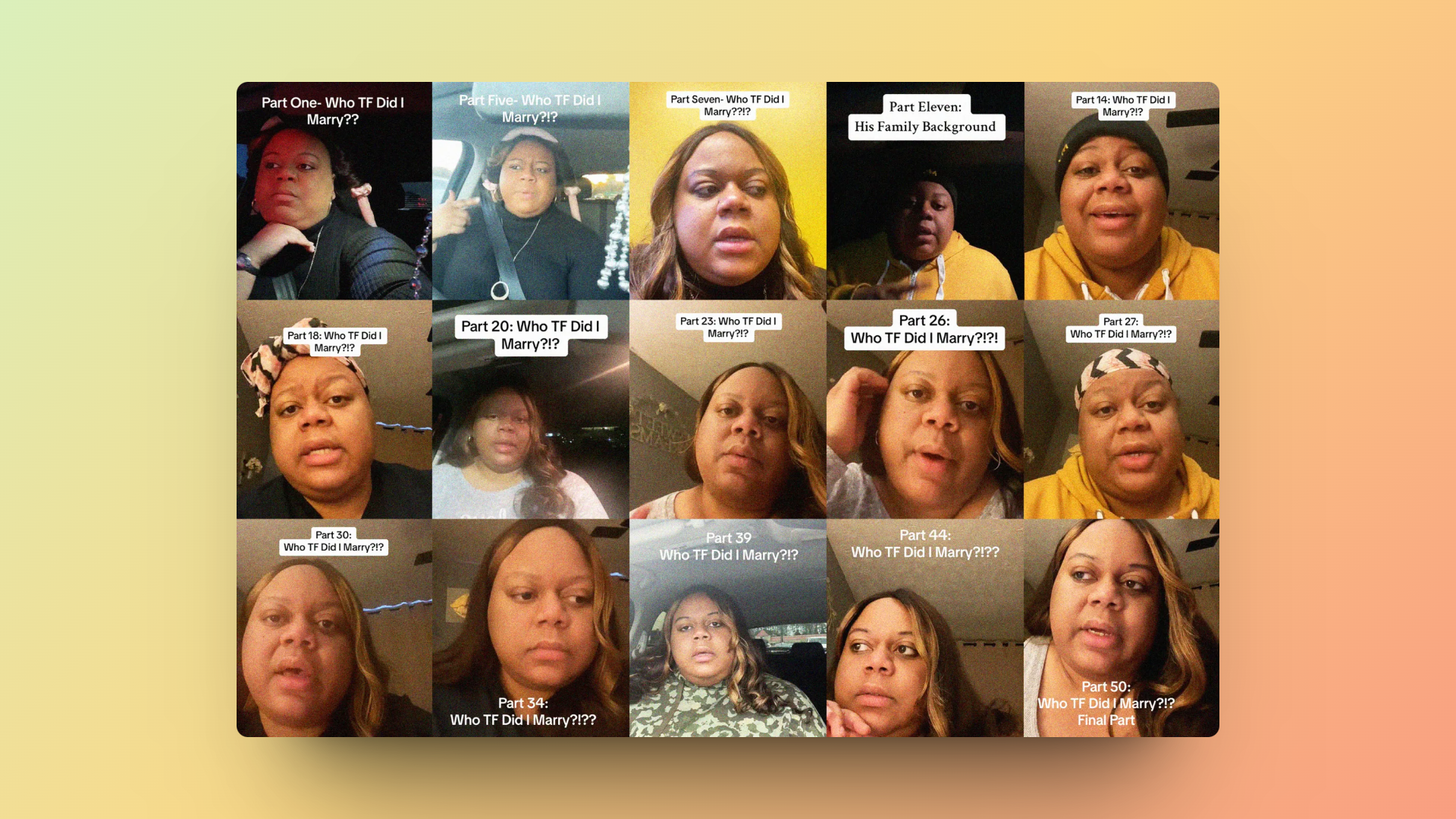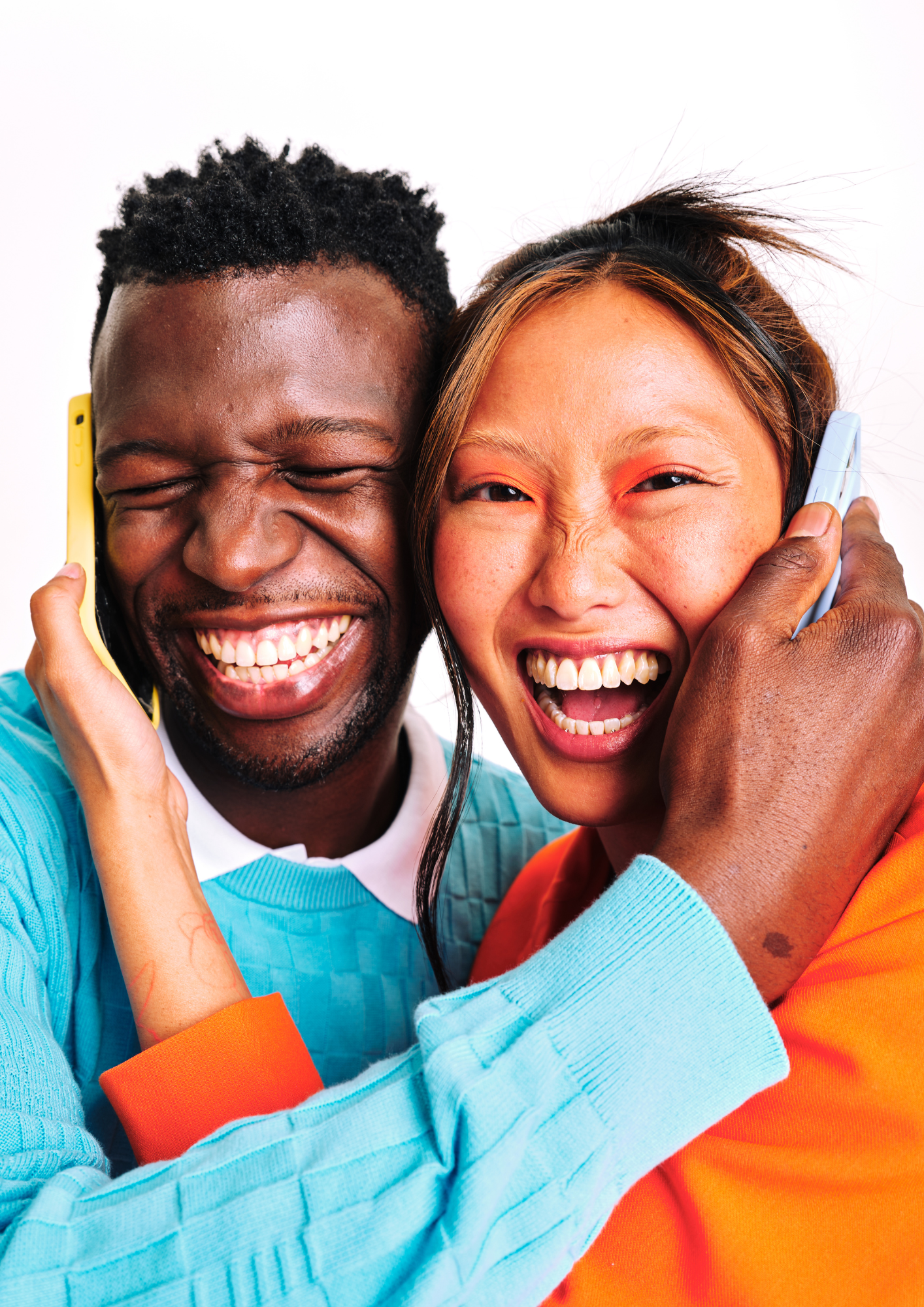In this 3.0 online world, finding the right web designer for your company’s isn’t just a bonus – it’s an essential tool that serves as your digital storefront, a sales representative, and a brand ambassador, all rolled into one.
It can influence perceptions, build trust, and drive conversions. But if your website doesn’t deliver the expected user experience, the effects can be catastrophic for your brand’s image.
That’s why, more than ever, choosing the right web designer for your website is a critical decision that can drastically impact your conversions.
But how do you sift through the sea of talent, jargon, and technicalities to find your perfect match in the realm of web design? How do you distinguish a true design maven who understands your brand’s needs from a well-intentioned but ultimately lackluster designer?
In this post, we’ll explore the top factors you should consider when selecting a web designer, ensuring that you’re investing not just in a website, but in a comprehensive digital solution tailored to your business needs.
Understanding the Process
In a nutshell, your discussion with a web-designer is an interview.
Especially when it comes to freelancers, small businesses and marketers, you want to make sure you know what you are getting yourself into.
You can easily get a feel for the style from past projects, but you need to be able to anticipate the way they may tackle the challenges that could be arising from working on your website.
Just like everything else, having a preliminary chat to set expectations is key, yet, it may not be enough.
However, I believe the ones who can truly tell us what makes or breaks a great relationship are the web designers themselves.
Make Sure They Know the Basics
There can be a lot to talk about before even getting to start a project, yet something most people glance over is UX.
Usability or UX (user experience) is a process whose main objective is to design a system that offers a great experience to its users. In a nutshell, it has a visitor in mind.
When it comes to logistics, you want to hear are things such as mobile responsive, adaptable images, easy to load website etc.
Ana Santos, UX consultant, and my go-to expert reminds us how user experience is that it can only be done with users.
“The first step to incorporate user experience into your projects is to really understand your users. In order to do that, you need to do research. There’s no shortcut. In order to improve the experience a user has with your website, you need to understand their goals, their pain points, their mental models, how they navigate on your website, etc.”
ana santos
If you are thinking UX is not THAT important, think again: “If your website is lacking basic usability principles, it’s easy to improve it by having an expert review it, however, it is still not a replacement for testing with real users” adds Santos.
You have to be able to feel like the designer has performance in mind, and should be able to share their opinions, experience, and approach. If the designer does not even know what UX is, run for the hills (keywords to look for are responsiveness, adaptability, easy-to-load, etc).
It’s a very straight-forward process, but it will be surely helping in the long run, as it allows you to check-in things such as bounce rate, unique visits, page views, time on site, search engine rankings, conversion rate, etc.
Do your Research
Let’s say you found a few people you trust and want to schedule a call with them.
Before that, I recommend you look at their portfolios quite carefully, especially if you manage to get your paws on a website that currently uses their work.
Remember to ask the designer what kind of input they have been giving aside from colour schemes and theme structure. Some people are very clear on their goals, others need a tinier extra push, and that’s okay too.
If you need a designer to recommend you the best experience for your user, be sure to know how they helped their clients in the past.
Remember, after all, designers are just humans, like you and me.
“Being honest, transparent + respectful in how you communicate with each other makes a big difference.” highlights Marcy Angeles from Dragonfly Ave “Also being clear in how you deliver feedback so as designers, we can better understand where to make improvements and adjustments when needed. As clients, don’t be afraid to ask questions and give input.”
One of the most fundamental differences among designers is their approach to post-project changes.
Every website will change over time. Some people charge hourly for these changes, while most will show you how to use a platform such as WordPress to edit at your will.
Relationship Building is Key
A good designer should be able to provide a clear handover for you.
Ideally, you want someone who can really take the time to set up a tool that lets you (or anyone with access) manage the site — this will prevent you from waiting endlessly or getting an invoice for basic changes.
Ask what your content-management tool allows you to do: add new forms, change animations, or create new types of page layouts.
Overall, streamlining decisions is essential.
“Finding a great designer who is a true expert is key, because they will guide you through the entire confusing process — so you don’t have to know what you’re doing, but you will have to make a lot of decisions” shares Tracy Raflt from Little Beast Design.
“When you reach out to a designer, make sure you’re ready to be committed to the process so you can get the best results. Keep communication with your designer open and honest, stick to the deadlines that your designer gives you for reviewing work and submitting content, and you’ll be rewarded with a gorgeous finished product that you love!”
Look for References
Another tip to find a great web designer is to check references and always hop in for a discovery call.
“I suggest jumping on a call with your designer before providing a deposit so you can see if you’re a good fit for each other” adds Marcy Angeles “ Design is an investment, you want to make sure you’re investing with the right person!”
Or better yet, meet possible web designers through referrals: people you know and trust who have worked with them in the past.
“A knowledgeable, expert designer + a committed client + open communication & honesty + sticking to deadlines = design success.”
Tracy Raftl
Your website is your online home, and as such you want it to be a place every visitor is welcome.
To recap, here are some of the things to look for when talking to a designer:
- Approach Usability and UX
- Their portfolio
- The workflow and editing processes
- The actual person
I’ll finish off by sharing a few tips from Marci Angeles when it comes to what makes a great website:
“My top website essentials would be clear and specific website goals purpose, an email opt-in with a lead magnet to collect emails, copy that speaks directly to your target market, clear call to actions that help lead your visitor to the action you want them to take, and an ultimately great visual experience.”
Find the Right Web Designer
Wrapping things up, let’s not forget how critical it is to pick the right web designer for your website. With the digital world whizzing along at lightning speed, your website is often the first hello between your brand and potential customers. It’s more than just an information hub; it’s your online high-five, your digital smile, and your virtual chat over a cup of coffee.
The perfect web designer won’t just give you a good-looking, easy-to-use site. They’ll make sure it’s a snug fit with your brand, that it hits all the right notes with your audience, and that it rolls up its sleeves to help you meet your website goals.
Doing your homework and choosing wisely when it comes to who gets to shape this vital part of your business can make the difference between a website that merely takes up space on the web and one that turns visitors into raving fans.
Keep in mind, your website is an investment in your business’s future. So, picking the right web designer is like placing a bet on a brighter, shinier digital tomorrow for your brand. So here’s to making smart decisions today that’ll make your brand shine brighter online tomorrow!
Ready to get started with positive impact marketing?
Set up power marketing systems build a marketing strategy that drives results, when you join our certification.
Develop an advanced set of marketing skills that drive more measurable results to any project and harness the power of psychology, purpose, storytelling, and impact to build trust in an increasingly skeptical world.
Take our certification, build your marketing plan and build your ultimate marketing toolkit.





